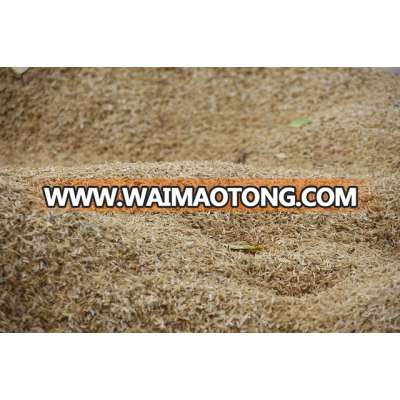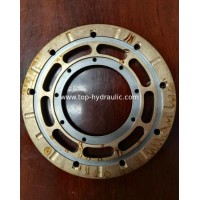1) High quality.
2) Reasonable price.
3) Delivery on time.
4) Quality Assurance.
importance of rice husk
Around 20% of the paddy weight is husk. In 2008 the world paddy production was 661 million tons and consequently 132 million tons of rice husk were also produced. While there are some uses for rice husk it is still often considered a waste product in the rice mill and therfore often either burned in the open or dumped on wasteland. Husk has a high calorific value and therefore can be used as a renewable fuel.
Production of rice husk
Rice husk is produced in the first step in the milling process when the husk is removed form the grain in the husking stage of the rice mill.
Characteristics of rice husk and RHA
- Rice husk is difficult to igninte and it does not burn easily with open flame unless air is blown through the husk. It is highly resistant to moisture penetration and fungal decomposition. Husk therefore makes a good insulation material.
- Rice husk has a high silica (SiO2) contents which means that it decomposes slowly when brought back to the field. It also makes it a poor foder
- Handling of rice husk is difficult because it is bulky and dusty. It has angle of repose is about 40-45° which means that it's flow ability, e.g. in feed hoppers is very poor.
- Rice husk has low bulk density of only 70-110 kg/m³, 145 kg/m³ when vibrated or 180kg/m³ in form of brickets or pellets. It thus requires large volumes for storage and transport, which makes transport over long distances un-economical.
- When burned the ash content is 17-26%, a lot higher than fuels (wood 0.2-2%, coal 12.2%). This means when used for energy generation large amounts of ash need to be handled.
- Rice husk has a high average calorific value of an 3410 kcal/kg and therefore is a good, renewable energy source.
- Because of the high silica contents rice husk is very abrasive and wears conveying elements very quickly.
- Rice husk is not an easy fuel. One concern in rice husk firing is the behavior of the ash, i.e., its slagging and fouling tendency caused by a low melting point of the rice husk ash.
Use of rice husk in animal husbandry
Rice husk is sometimes used as animal feed stuff and as litter material for pet animals . Untreated hull is low in protein and digestible energy. Husk can be pretreated with 12% NaOH to reduce the silica content from 19 to 3-4% to improve digestibility and used as animal feed.









